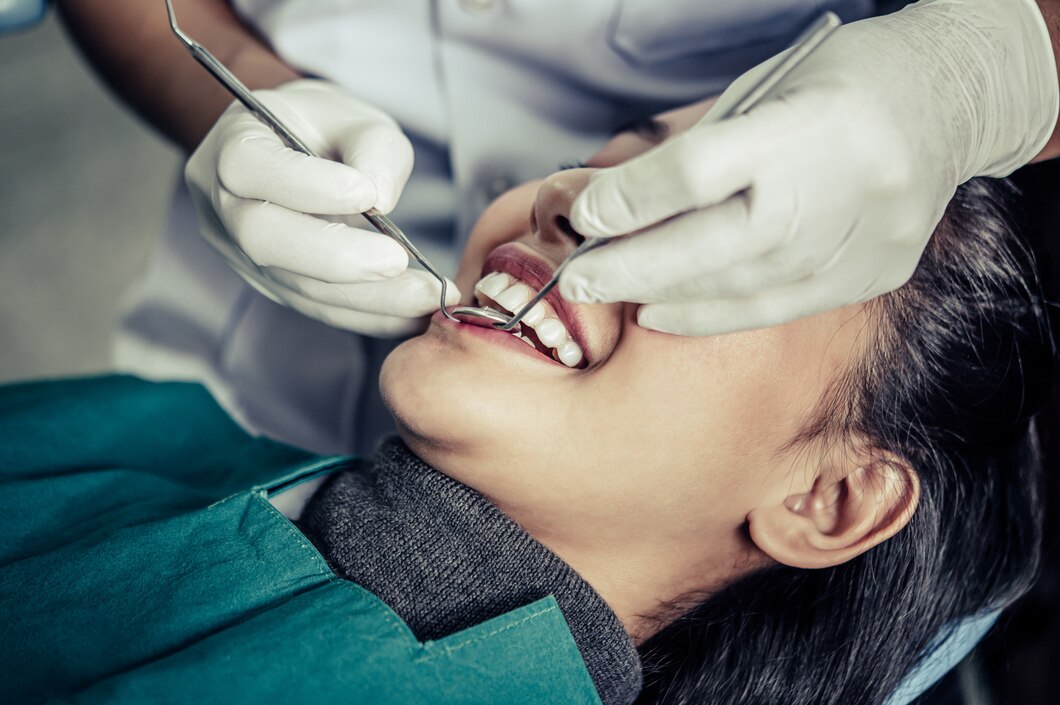Before deciding to undergo orthodontic treatment, a thorough dental checkup is an essential step that should not be overlooked. This examination aims to ensure that the condition of the teeth and mouth is healthy so that orthodontic treatment can proceed smoothly and deliver optimal results.
A dental checkup before orthodontic treatment involves assessing the health of the teeth, gums, and other oral tissues. The dentist will look for signs of issues that could affect the success of orthodontic treatment, such as cavities, gum disease, or infections. If any oral health issues are found, they must be treated first before proceeding with orthodontic care. This is crucial because untreated oral health problems can worsen conditions and hinder the orthodontic process.
Additionally, the checkup includes an evaluation of jaw structure and bite alignment. In some cases, issues such as jaw irregularities or malocclusion (misaligned bite) may affect the type of orthodontic treatment needed. This examination helps orthodontists plan the right treatment, whether using metal braces, clear aligners, or other devices suited to the patient’s condition. By conducting this checkup, orthodontic treatment can be tailored to individual needs, ensuring better results.
Beyond its direct benefits for successful orthodontic treatment, a dental checkup can also prevent future problems. For instance, if there is an untreated tooth or gum infection, it can cause pain and discomfort during orthodontic treatment. Addressing these issues early on reduces potential complications later.
Therefore, a comprehensive dental checkup before starting orthodontic treatment is highly recommended. This not only ensures the success of the treatment but also maintains overall oral health. Be sure to consult with a trusted dentist or orthodontist to ensure the treatment aligns with your needs and delivers long-term optimal results. This also supports the Sustainable Development Goals (SDGs), particularly Goal 3: Good Health and Well-being, and Goal 4: Quality Education.
Author: Rizky B. Hendrawan | Photo: Freepik



